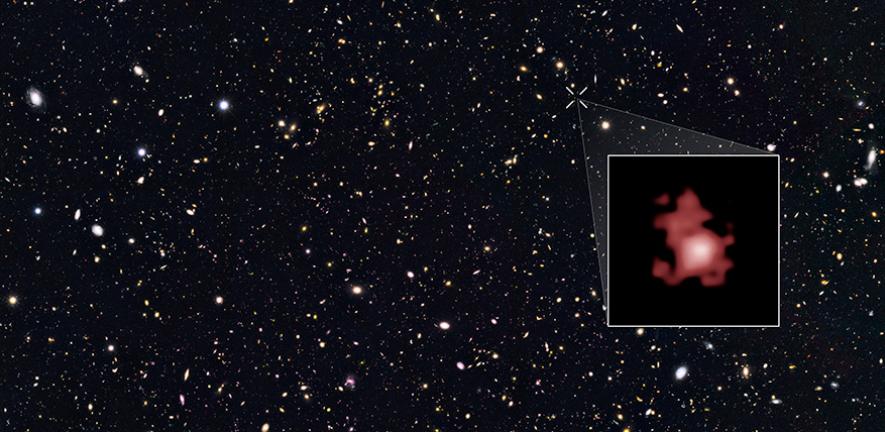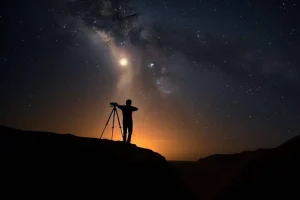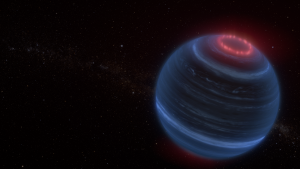Oldest Black Hole Detected by Astronomers
22nd Jan 2024
A team of researchers has recently identified the earliest black hole ever recorded, dating back to the beginning of the universe. They have also discovered that the black hole is “eating” its host galaxy to the point of destroying it.
The international group of scientists, with the University of Cambridge in the lead, have utilized the James Webb Space Telescope to identify the black hole that existed over 13 billion years ago. The findings, published in the journal Nature and described as “a giant leap forward” by lead author Professor Roberto Maiolino, provide valuable insights into the early universe and the formation of galaxies.
Newly-Discovered Black Hole Challenges Traditional Models of Formation and Growth
The existence of an unexpectedly massive black hole, which is a million times larger than the sun, even existing in the early stages of the universe, has challenged the previously held hypotheses regarding the formation and growth of black holes. According to astronomers, the supermassive black holes in galaxies, such as the Milky Way, evolved to their present size over billions of years.
However, this recently discovered black hole, with its size, suggests that black holes may have other ways of forming. There is a possibility that they are “born big,” or that they consume matter at a five times higher rate than what was previously believed to be accurate.
As per traditional theories, supermassive black holes are created from the leftovers of dead stars, which eventually collapse and form a black hole, typically about a hundredfold more massive than the sun. The expansion of a black hole to its observed size would typically take around a billion years if it were to grow as expected. However, the age of the universe was insufficient for a recently discovered black hole to have grown to its current size, which raises questions about the standard models of black hole formation.
Newly-Detected Ancient Black Hole Devours Matter at an Unprecedented Rate
This black hole is in its early development stages and consuming material from its host galaxy as a growth fuel. Nevertheless, unlike its counterparts at later stages, this ancient black hole is devouring matter at a much more rapid rate.
The host galaxy, known as GN-z11, emits a powerful glow from the core of its energetic black hole. Since it is impossible to observe black holes directly, they are identified by the intense glow emitted by a swirling accretion disk that forms around the corners of the black hole. The gas present in the accretion disk heats up and radiates ultraviolet energy, producing an intense glow that astronomers can detect. This is how astronomers can identify and study black holes.
GN-z11 is a small, compact-sized galaxy, significantly smaller than the Milky Way. Nonetheless, the supermassive black hole in question is likely hindering its growth. When a black hole absorbs excessive amounts of gas, it produces an ultra-fast wind that forces the gas to move away. This ultra-fast wind can stop the formation of stars, slowly killing the galaxy. However, it can also put the black hole in danger, as this may eventually cut off its food source.
Maiolino describes this discovery as the most thrilling point of his career, as using JWST has provided significant process in the field.







Thank you for your comment! It will be visible on the site after moderation.